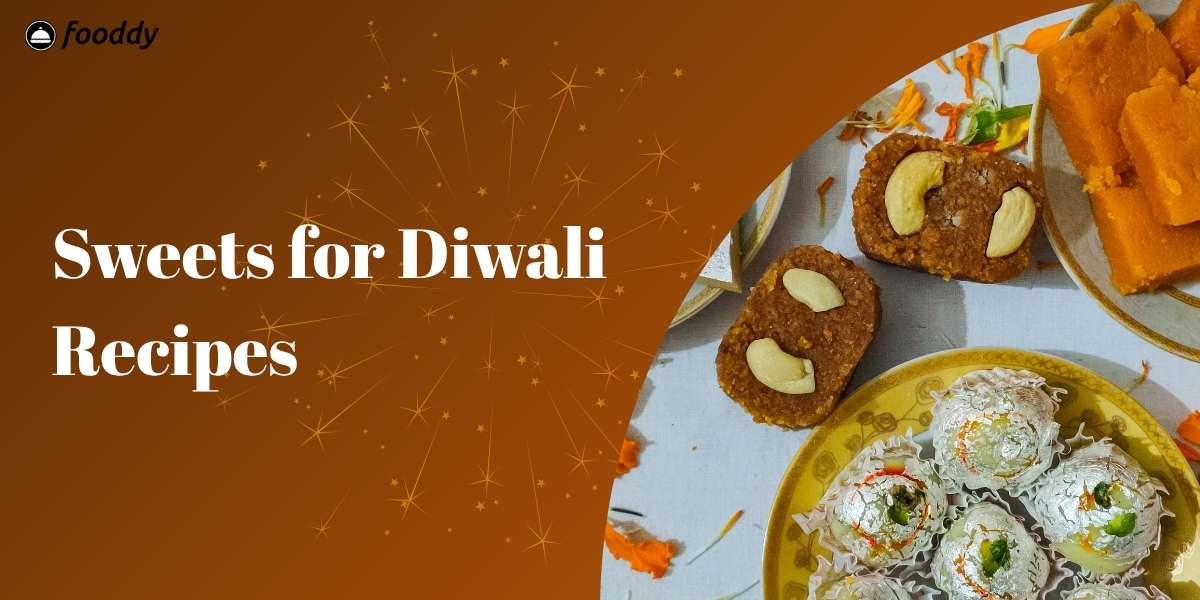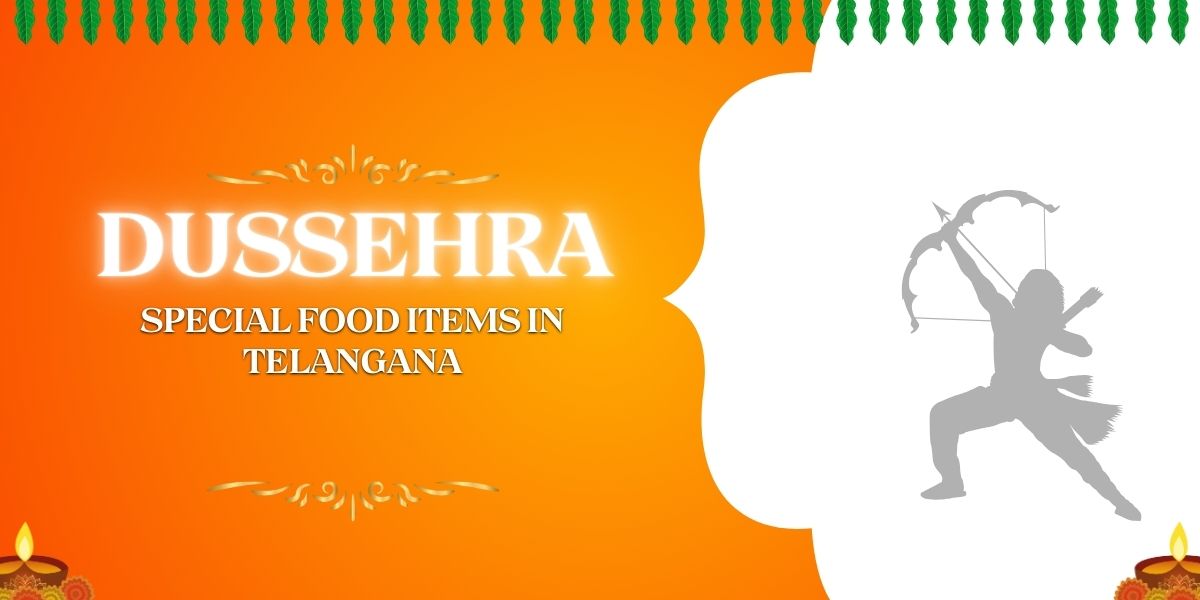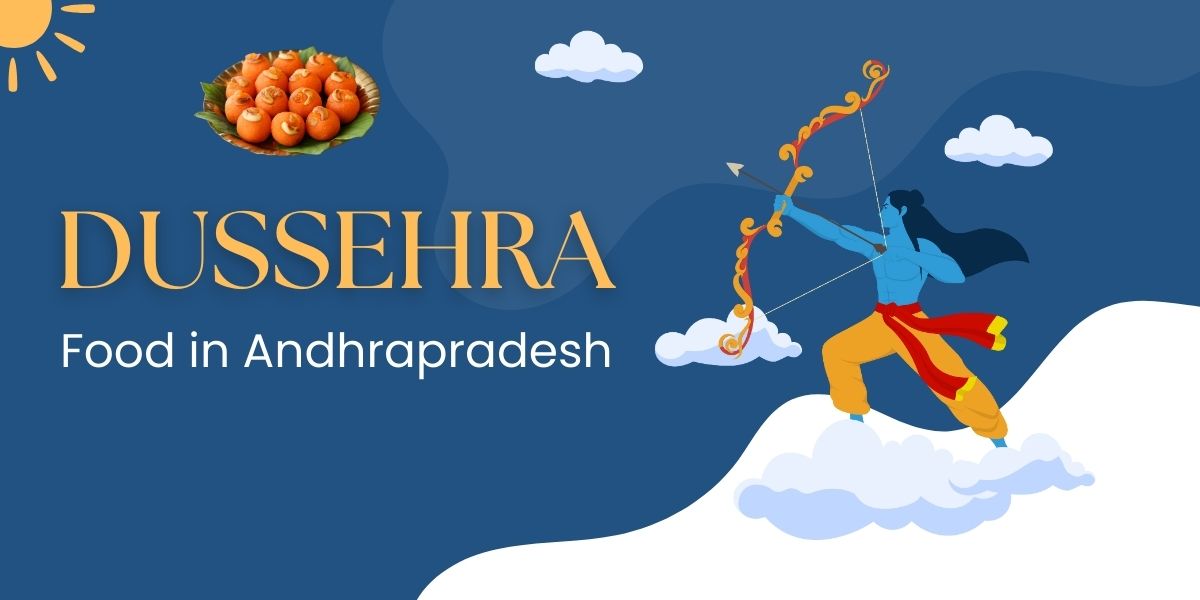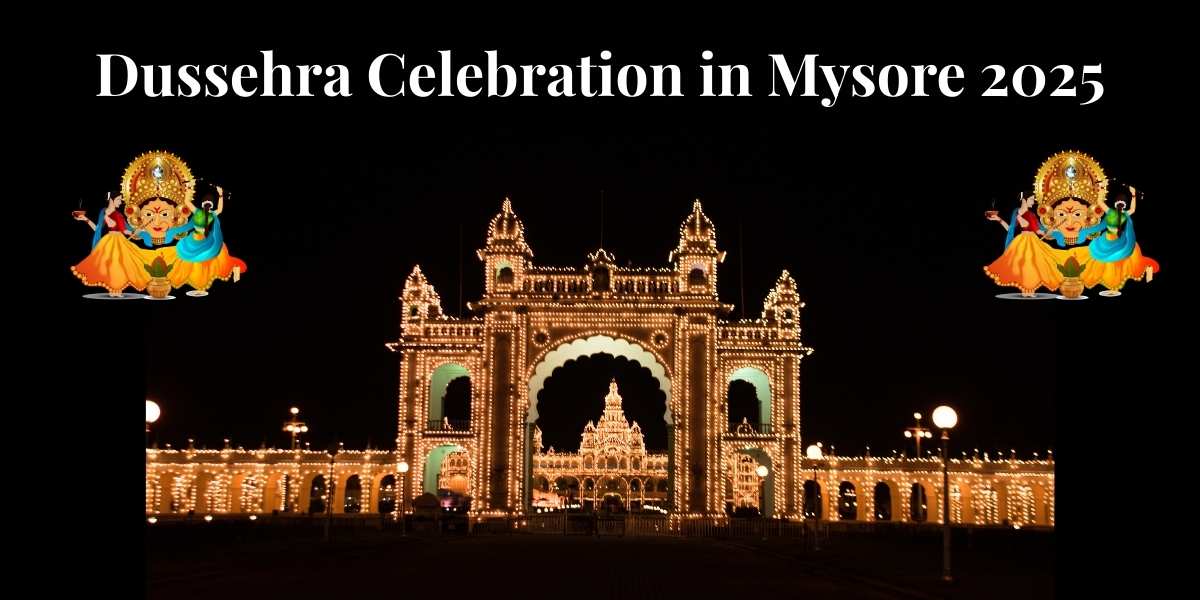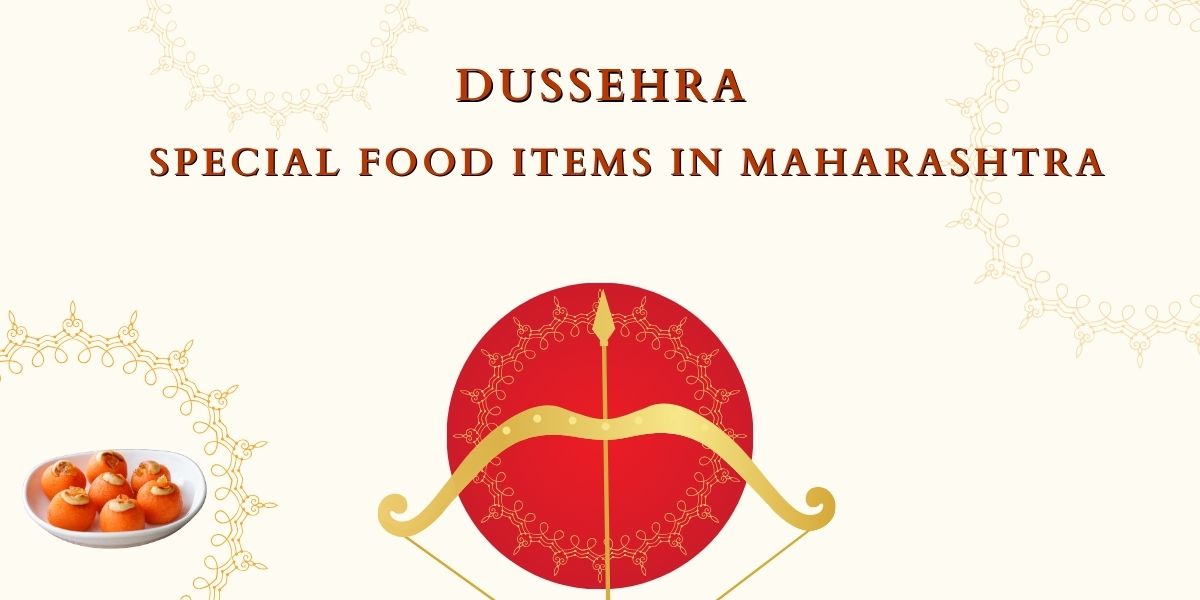Diwali, the festival of lights, is among India’s most cherished and vibrant celebrations—and no festivity feels complete without the irresistible charm of sweets. Exchanging mithai (sweets) with family, friends, and neighbors symbolizes goodwill, unity, and happiness. These delicacies are more than just desserts; they represent joy, prosperity, and the sweetness of relationships that bind people together. The warm aroma of freshly prepared sweets, the colorful boxes of assorted delights, and the smiles they bring make Diwali truly magical and heartwarming. The best part? Most Indian sweets for Diwali are vegetarian, made with wholesome ingredients like ghee, milk, lentils, and nuts—making them not just indulgent but also pure and festive.
What makes Diwali even more special is the incredible diversity of mithai prepared across India. From the melt-in-the-mouth kaju katli and the syrupy richness of gulab jamun to the comforting flavors of South Indian payasam and Bengali rasgulla, every region adds its own sweet touch to the celebration. Each recipe carries a story, tradition, and flavor passed down through generations.
Best Indian Sweets for Diwali
India’s incredible culinary diversity shines brilliantly through its sweets. While some mithai have become iconic and are present in every home during Diwali, many others are unique to specific regions, each carrying its own special flavors and traditions. These sweets not only satisfy the taste buds but also evoke nostalgia and festive joy. Here’s a look at some of the most beloved vegetarian Indian sweets for Diwali, celebrated and enjoyed across the country, each filled with rich textures, authentic flavors, and traditional ingredients like ghee, milk, nuts, and aromatic spices. These sweets embody the spirit of Diwali, adding sweetness and warmth to the celebrations for families everywhere.
| Sweet | What it is | Key Ingredients | Signature Features | Texture/Flavor | Occasion/Notes |
| Kaju Katli | Diamond-shaped cashew sweet | Cashew paste, sugar, ghee | Often garnished with edible silver leaf; known as the “king” of Diwali sweets | Thin, glossy; smooth, melt-in-the-mouth |
Timeless Diwali classic
|
| Motichoor Ladoo | Ladoos made of tiny fried gram flour pearls soaked in syrup | Gram flour (besan), sugar syrup | Bright orange; must-have in many households | Soft, spongy; bursting with flavor |
Symbolizes prosperity and joy
|
| Gulab Jamun | Fried dumplings soaked in rose-flavored syrup | Khoya/mawa (implied), ghee, sugar syrup, rose | Served warm during gatherings | Soft, spongy; rich, aromatic sweetness | Festive favorite |
| Rasgulla & Rasmalai | Bengali chhena-based sweets | Fresh paneer (chhena), sugar; saffron-thickened milk for rasmalai | Rasgulla in light syrup; Rasmalai in thickened saffron milk | Spongy (rasgulla); creamy and indulgent (rasmalai) |
Classic Bengali delights
|
| Soan Papdi | Flaky, airy sweet | Gram flour, ghee, sugar | Widely gifted during Diwali | Light, crispy; subtle sweetness; melts on the tongue |
Popular gift sweet
|
| Barfi Varieties | Versatile barfi types | Pistachio, coconut, chocolate (varies) | Common in assorted Diwali boxes | Rich, fudgy; delightful flavors |
Appeals to many tastes
|
| Besan Ladoo | Roasted gram flour ladoos | Gram flour (besan), ghee, sugar | Simple yet festive; popular across India | Nutty flavor; melt-in-the-mouth |
Enduring favorite
|
| Dry Fruit Halwa | Fruit-and-nut halwa | Figs, dates, mixed nuts | Considered a healthier option | Natural sweetness; rich textures |
Diwali sweet with a wholesome twist
|
| Jalebi | Deep-fried spirals in saffron syrup | Flour batter, saffron sugar syrup | Bright golden; addictive crunch | Crispy outside, juicy inside |
Perfect festive indulgence
|
| Modak | Coconut-jaggery stuffed dumplings, steamed or fried | Coconut, jaggery (stuffing) | Popular in Ganesh Chaturthi; made during Diwali too | Soft, aromatic; comforting |
Festive home favorite
|
Kaju Katli
Diamond-shaped cashew delights, thin and glossy.
Known as the “king” of Diwali sweets.
Made with cashew paste, sugar, and ghee.
Often garnished with edible silver leaf, adding a festive sparkle. Smooth, melt-in-the-mouth texture makes it a timeless classic.
Also Read – Sweets for Diwali Recipes
Motichoor Ladoo
Bright orange ladoos made of tiny fried gram flour pearls soaked in sugar syrup.
A must-have in almost every household during Diwali.
Soft, spongy, and bursting with flavor, symbolizing prosperity and joy.
Gulab Jamun
Soft, spongy dumplings fried in ghee and soaked in rose-flavored sugar syrup.
Served warm during festive gatherings.
Melts in the mouth, delivering rich sweetness and aromatic delight.
Rasgulla & Rasmalai
Spongy Bengali delights made from fresh paneer (chhena).
Rasgulla are soaked in light sugar syrup.
Rasmalai is soaked in thickened milk flavored with saffron, offering a creamy and indulgent experience.
Soan Papdi
A flaky sweet made from gram flour, ghee, and sugar.
Light, crispy, and widely gifted during Diwali.
Melts delightfully on the tongue with an airy texture and subtle sweetness.
Barfi Varieties
From pista barfi to coconut and chocolate barfi, this is a versatile favorite.
Often included in assorted Diwali sweet boxes.
Rich, fudgy texture with delightful flavors caters to many tastes.
Besan Ladoo
Roasted gram flour, ghee, and sugar rolled into soft balls.
Simple yet festive, and popular across India.
Loved for nutty flavor and melt-in-mouth texture.
Dry Fruit Halwa
Made with figs, dates, and nuts.
A healthier option among Diwali sweets.
Combines natural sweetness with rich textures.
Jalebi
Deep-fried spirals soaked in saffron sugar syrup.
Crispy outside, juicy inside—perfect Diwali indulgence.
Bright golden color and addictive crunch invite celebration.
Modak
Though more popular during Ganesh Chaturthi, many households make modaks during Diwali too.
Steamed or fried with coconut-jaggery stuffing.
Soft, aromatic, and comforting festive delight.
💡 These sweets are timeless and vegetarian, making them the top choices for Indian sweets for Diwali veg.
South Indian Sweets for Diwali
South India has its own treasure trove of Diwali sweets. Known for the liberal use of jaggery, coconut, and ghee, these sweets bring unique flavors to the festive platter. Traditional South Indian sweets like Mysore Pak, a melt-in-the-mouth delicacy made from roasted gram flour and ghee, exude richness and simplicity. Adhirasam delights with its crispy exterior and soft jaggery-infused inside, while Rava Kesari offers a fragrant semolina-based dessert flavored with saffron and cardamom. Kobbari Mittai, a coconut jaggery fudge, and Boondi Laddu are also staple festive treats. Payasams (sweet puddings) such as Aval Payasam made from flattened rice and jaggery or Kesari from semolina are often served as dessert, rounding off the South Indian Diwali feast with sweetness and tradition. These sweets not only celebrate the flavors of the region but also the spirit of festivity and togetherness unique to South Indian culture.
Popular South Indian Diwali Sweets:
- Mysore Pak – A ghee-rich sweet from Karnataka, known for its melt-in-the-mouth texture and rich taste that embodies festive indulgence.
- Adhirasam – Deep-fried rice flour and jaggery sweet with a delightfully crispy exterior and soft, chewy inside, a traditional treat loved by all ages.
- Badam Halwa – A rich almond-based sweet infused with saffron, offering a luxurious flavor and vibrant color that makes it a specialty on festive occasions.
- Kesari (Rava Kesari) – Semolina-based sweet similar to North Indian sheera, flavored with saffron and cardamom, garnished with nuts for an aromatic and flavorful experience.
- Coconut Barfi / Thenga Burfi – A South Indian favorite, this fudge-like sweet combines fresh coconut with jaggery or sugar and ghee for a rich, mildly sweet treat.
- Pineapple Kesari – A festive specialty that fuses the tropical flavor of pineapple with semolina, bringing a refreshing twist to traditional sweets.
- Payasam (Kheer) – Variants like rice payasam, moong dal payasam, and semiya payasam, all sweet milk-based puddings infused with jaggery or sugar, nuts, and cardamom for richness.
- Obbattu (Holige) – Karnataka’s version of sweet flatbread stuffed with a spiced jaggery and lentil filling, enjoyed as a festive delicacy during Diwali.
These sweets not only add regional diversity but also showcase the unique ways Diwali is joyfully celebrated across India.
Sweets for Diwali Hebbars Kitchen
Hebbars Kitchen is an excellent resource for those who enjoy making sweets at home, especially during the festive Diwali season. Their Diwali sweet recipes are simple, beginner-friendly, and perfect for the busy festival rush. They offer detailed step-by-step photo and video guides to popular sweets like Gulab Jamun, Kaju Katli, Besan Barfi, and White Burfi, making it easy for anyone to create authentic Indian sweets in their own kitchen. Their recipes often focus on accessible ingredients and straightforward techniques, helping home cooks prepare delicious, traditional treats to share with family and friends during Diwali celebrations.
Popular Hebbars Kitchen Diwali Recipes:
- Kaju Katli Recipe – Detailed tips for making thin, glossy katlis with perfect texture and shine.
- Mysore Pak Recipe – Step-by-step guidance to achieve the ideal melt-in-the-mouth consistency and rich flavor.
- Motichoor Ladoo Recipe – Handy tricks for creating tiny, delicate pearls easily at home, ensuring soft and spongy ladoos.
- Besan Ladoo Recipe – A no-fail method to make perfectly round, smooth, and aromatic besan ladoos every time.
- Coconut Barfi Recipe – A quick and easy version using condensed milk, blending coconut’s natural sweetness with creamy richness.
- Payasam Recipe – Classic South Indian sweet pudding available in multiple variations like rice, semiya, and moong dal payasam.
- Chocolate Barfi Recipe – A popular fusion sweet that adds a modern twist to traditional Diwali mithai boxes, loved by all ages.
Hebbars Kitchen makes festive cooking approachable for younger generations, simplifying classic recipes so everyone can enjoy the joy of making and sharing Diwali sweets without feeling overwhelmed.
How to Make Indian Sweets for Diwali
Making sweets at home brings unmatched joy and authenticity to Diwali celebrations. Here’s a quick guide to making some classic Indian sweets:
Besan Ladoo
- Roast besan (gram flour) in ghee until golden and aromatic.
- Add powdered sugar and cardamom.
- Mix well and roll into small ladoos that are soft and flavorful.
Kaju Katli
- Grind cashews into fine powder.
- Cook sugar syrup to one-string consistency.
- Add cashew powder, cook, and knead into a soft dough.
- Roll thin and cut into elegant diamond shapes perfect for celebration.
Mysore Pak
- Roast gram flour lightly to bring out nutty aroma.
- Prepare sugar syrup mixed with ghee.
- Add flour and cook until thickened to a fudgy texture.
- Set in a tray and cut into squares once cool.
Gulab Jamun
- Knead khoya or milk powder with a little flour into smooth dough.
- Shape into small balls and deep-fry until golden brown.
- Soak in warm, saffron-flavored sugar syrup for a melt-in-mouth taste.
Payasam
- Boil milk and add roasted vermicelli or rice.
- Sweeten with jaggery or sugar to taste.
- Add cardamom for aroma and garnish with cashews and raisins.
💡 Pro tip: Always use fresh ghee, nuts, and high-quality ingredients for Diwali sweets—it makes all the difference in flavor and texture, creating authentic festive treats that everyone will love.
Conclusion for Indian Sweets for Diwali
Indian sweets are truly the heart and soul of Diwali celebrations, bringing families and friends together in joyous festivity. From universally loved traditional ladoos and barfis to unique regional specialties such as anarsa, adhirasam, and payasam, the vast variety of sweets ensures that every plate at the festival is nothing short of a celebration itself. Whether you choose to prepare these delights at home using simple, foolproof recipes from trusted sources like Hebbars Kitchen or prefer to buy them from your favorite local mithaiwalas, the essence of the occasion remains unchanged—spreading happiness, love, and prosperity. Most Indian sweets made for Diwali are vegetarian, making them universally appreciated and the perfect gift option for loved ones. This Diwali, immerse yourself in the rich flavors of Indian mithai, share the sweetness with family and friends, and let the traditional tastes brighten and enrich your festive season with warmth and delight.
FAQS
Q1. What are the most popular Indian sweets for Diwali?
Ans:- Kaju katli, motichoor ladoo, gulab jamun, mysore pak, and besan ladoo are among the most popular and widely enjoyed sweets during Diwali celebrations.
Q2. Are Indian sweets for Diwali vegetarian?
Ans:- Yes, most traditional Diwali sweets are vegetarian, typically made with ingredients like milk, ghee, flour, and nuts, making them suitable and enjoyed by all.
Q3. Which South Indian sweets are made for Diwali?
Ans:- South Indian festive favorites include mysore pak, adhirasam, payasam, and coconut barfi, each bringing distinct regional flavors to the Diwali table.
Q4. Can I make Indian sweets for Diwali at home?
Ans:- Absolutely! Recipes like besan ladoo, kaju katli, and payasam are easy to prepare at home using basic ingredients and simple cooking methods.
Q5. What is the easiest Diwali sweet for beginners?
Ans:- Coconut barfi and besan ladoo are the simplest sweets to make, ideal for beginners looking to try their hand at festive cooking.
Q6. Where can I find reliable recipes for Diwali sweets?
Ans:- Hebbars Kitchen is a trusted source, offering simple, beginner-friendly recipes for traditional and fusion Diwali sweets.
Q7. Which Diwali sweet is considered the healthiest?
Ans:- Dry fruit barfi and anjeer (fig) rolls are healthier options, as they use natural sweetness from dried fruits and nuts, providing nutritional benefits along with taste.

